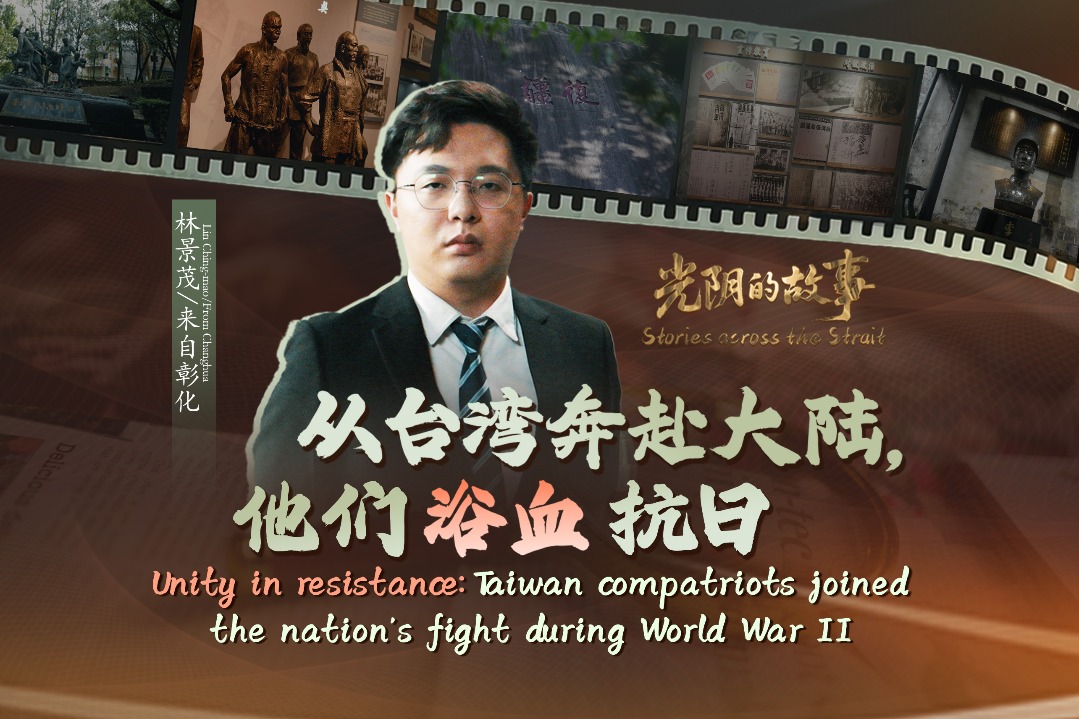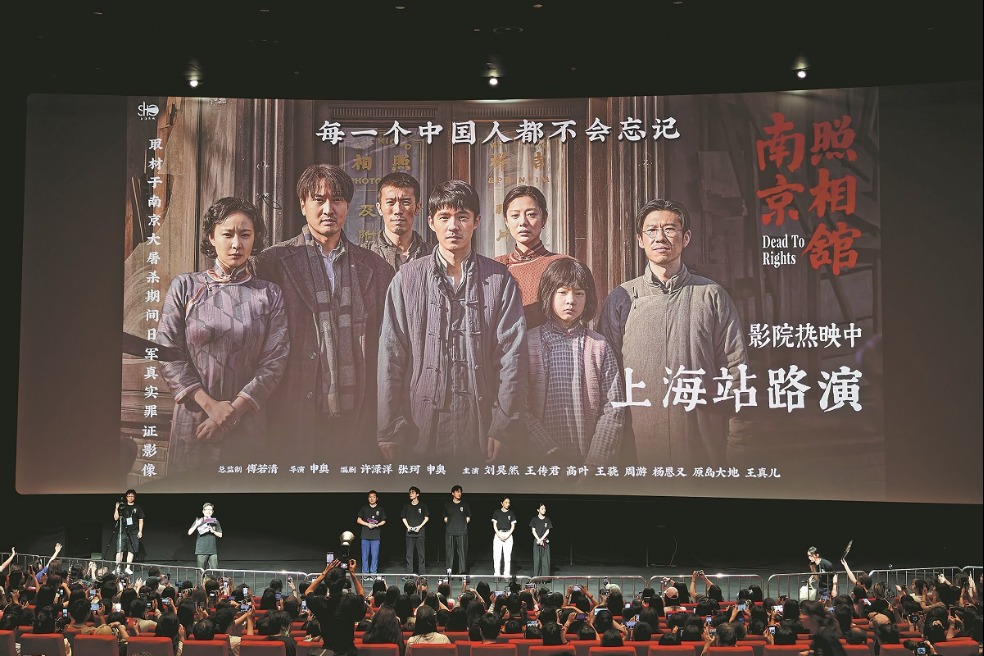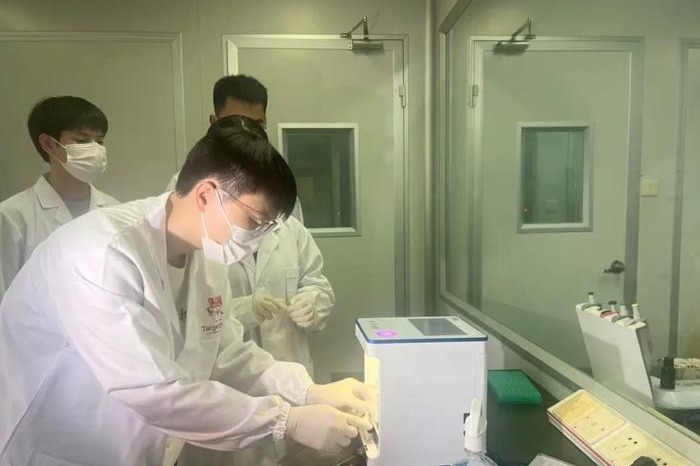Thread of an idea elevates ethnic craft
Dong craftsmanship enjoys a revival as traditional fabric finds new fans at home and abroad, Yang Feiyue reports.

In an ethnic Dong village tucked away in the mountains, the children of German and Spanish families were running around and playing together in late October.
Their laughter echoed in the small valley in Fengdeng village, where Yang Chenglan offered them a demonstration of how Dong cloth was made from scratch in a cozy wooden homestay nestling in the verdant surroundings.
"They loved it here, the pristine natural environment and serenity," says Yang, who was born and bred in the village in Rongjiang county, Qiandongnan Miao and Dong autonomous prefecture, Southwest China's Guizhou province.
"Moreover, they found it refreshing that young people are inheriting cultural craftsmanship that is very close to their heart," the woman in her 30s adds.
Those international guests who trekked a long way off the beaten track to her studio were there mostly to appreciate the Dong cloth craft that Yang has made internationally popular over the years.
Due to her resolve to keep the folk art alive and her persistence in carrying it forward, Yang has managed to restore the technique of weaving, dyeing and sun-drying in her studio.
Visitors can, literally, get their hands dirty, by seeing how cotton is grown, spinning it into yarn, weaving it and dyeing the fabrics.
"It takes more than 30 steps to turn cotton into Dong fabric," Yang says.
"The handmade fabric is soft, breathable and moisture-absorbing."
Yang has developed fashionable batik bags, clothing and shoes among other products using Dong cloth that have become popular among consumers at home and abroad.
"The price of our local fabric can now be as high as 400 yuan ($56) per meter," Yang says with pride, adding that the price indicates market recognition of the folk art.
"In addition to the domestic market, our products have also made their way to countries such as Japan and Australia," Yang says.
Seeds of interest
In childhood, Yang followed in her mother's and grandmother's footsteps, learning how to weave and dye fabric, which she says planted the seeds of admiration for the traditional handicraft in her heart.
In 2004, Yang was admitted to the Guizhou Minzu University and studied music, becoming the first college student from Fengdeng village.
With the help of her teachers, she overcame financial difficulties and completed her education. Shortly after graduation in 2009, Yang began teaching at the university. However, after seven years, Yang started to develop a longing to return to her hometown out of concern for the large number of elderly and children that had been left behind, and the need to keep the local traditional culture alive.
Then, a 2016 visit back home made up her mind.
"When I returned home to visit my family, I found that the handwoven cotton fabric made by my family was piling up," she says.
"So, I posted images of it on my WeChat Moments. Unexpectedly, many people inquired about it," Yang recalls.
Within a few days, she sold all the stockpiled cotton fabric through WeChat. This experience ignited in her the idea of producing and selling traditional handmade Dong ethnic cotton fabric in her hometown.
"It reinforced my determination to protect traditional Dong weaving skills so that people from the outside can appreciate our culture and learn more about homespun Dong cloth," she says.
In the Dong village, weaving and dyeing the traditional fabric is a common craft passed down through generations of women.
Yang says Dong cloth is not just a commodity, but also a link between family members and a symbol of Dong culture.
"The raw materials, including the plant-based dyes, all come from the farmlands, carrying warmth and emotion," she explains.
"Growing up wearing clothes made of Dong cloth, I see it as my nostalgia for the village," Yang says.
When she returned to the village in May 2016, Yang only had 40,000 yuan to start up her business.
She rented an abandoned pigsty at the village entrance. She put up a few stone tiles and conducted simple clean. The former pigsty became her home, where, for the next three years, she lived her life, weaving and dyeing cloth.
In the interim, she spent her days visiting households in more than 100 villages in the neighboring areas, seeking traditional weavers and dyers, and returning to her place in the evenings to practice the craft.
"The craftsmanship of handmade Dong cloth is exquisite, and it takes a long time to learn. At first, the experienced artisans didn't believe that I could sell the cloth they had woven and dyed," Yang recalls.
"In the first year, only one craftswoman in her 70s agreed to make a few meters of cloth for me," she says.
To alleviate the women's concerns, she chose to prepay the villagers for their work, and then sold the products in her online store.
"Seeing the potential for profit, more skilled artisans were willing to participate. They now weave and dye whenever they have time, without affecting their farming work," Yang says.
Poverty alleviation
In 2017, Yang's online store's sales reached 761,700 yuan, ranking her business highest in Rongjiang county.
In 2018, she recruited more than 110 villagers and founded the Yishanren cooperative. She moved out of the pigsty-turned-workshop the following year.
In addition to traditional indigo grass, Yang broke ground and explored the use of 70 other plant-based dyes, such as those derived from persimmon and mugwort, adding to the traditional process.
Her efforts saw the cloth receive more attention from the outside market.
In 2021, Yang's online sales broke 2 million yuan, and she was named a model in poverty alleviation by the Guizhou government for helping lift 90 percent of poor households in Fengdeng out of poverty.
To her delight, an increasing number of people in Rongjiang have supported sectors related to the traditional craft.
Yang Xiutang from Lingsuo village, about 3 kilometers from Fengdeng, joined a rural cooperative to grow Strobilanthes cusia (indigo) with support from the county government.
"It never occurred to me that this plant, which used to be found near my home, can be part of an industry that brings us an income," he says.
"Plant spacing should be around 40 centimeters; if it's too dense, the leaves won't grow well, and indigo paste won't be produced," he explains.
Years of growing the plants have given him an adept hand.
"When transplanting, the plants should be placed at a slant, and a bit deeper into the ground," he says.
Rongjiang abounds in Dong and Miao cultural resources, but used to lack an industry focus, according to Wang Fei, a senior county official.
Batik and embroidery are considered among the best showcases of the ethnic culture, while Strobilanthes cusia is an essential raw material for the indigo paste used in the two crafts. The local government started to encourage local residents to scale up their planting in 2018.
In 2022, Rongjiang completed the development of 30 Strobilanthes cusia plantations, each with an area of more than 6.67 hectares. The county can now produce 52,500 metric tons of the plant annually, with a value of over 68 million yuan, benefiting more than 6,300 households, according to the county government.
This year, as the grassroots soccer tournament, the Village Super League in Rongjiang county, also known as cunchao in Chinese, became a national sensation, an increasing number of travelers have beaten a path to Yang Chenglan's place.
The Rongjiang league started in the county on May 13 and concluded on July 29. Featuring 20 teams comprising amateurs from villages from around the country, the competition received more than 30 billion views online.
"The event has helped to attract 20-30 percent more visitors," she says.
She has expanded her facility to offer distinctive homestays, and research and learning experiences. It's expected to generate 1,000 local job opportunities.
"Although the output of traditional Dong cloth is not much, every piece of it can offer the touch of cotton thread, the fragrance of plant dyes, and unique patterns and veins," she says.
"I hope to convey the aesthetic of rural life through Dong cloth, allowing traditional craftsmanship to find a modern context."


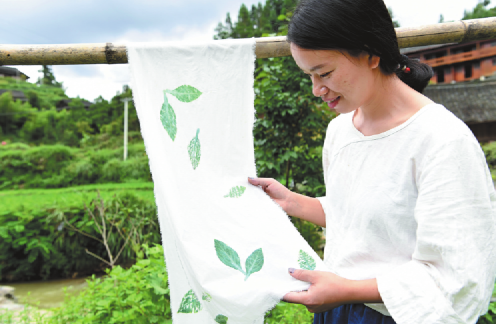

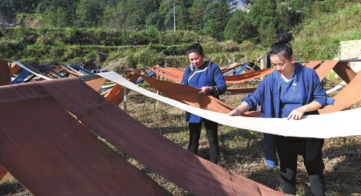
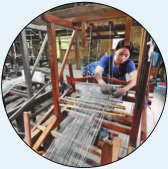
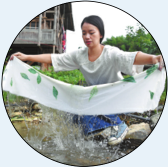

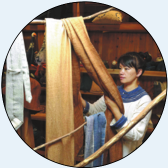
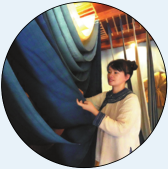

Today's Top News
- Japan must face up to its wartime past
- Vision turns county into green model
- China rolls out new visa type for young science talent
- Cambodia, Thailand urged to engage in dialogue, rebuild trust
- China stays at forefront of global digital growth
- Beautiful China vision has sown the seeds for the blossoming of an ecological civilization: China Daily editorial

















